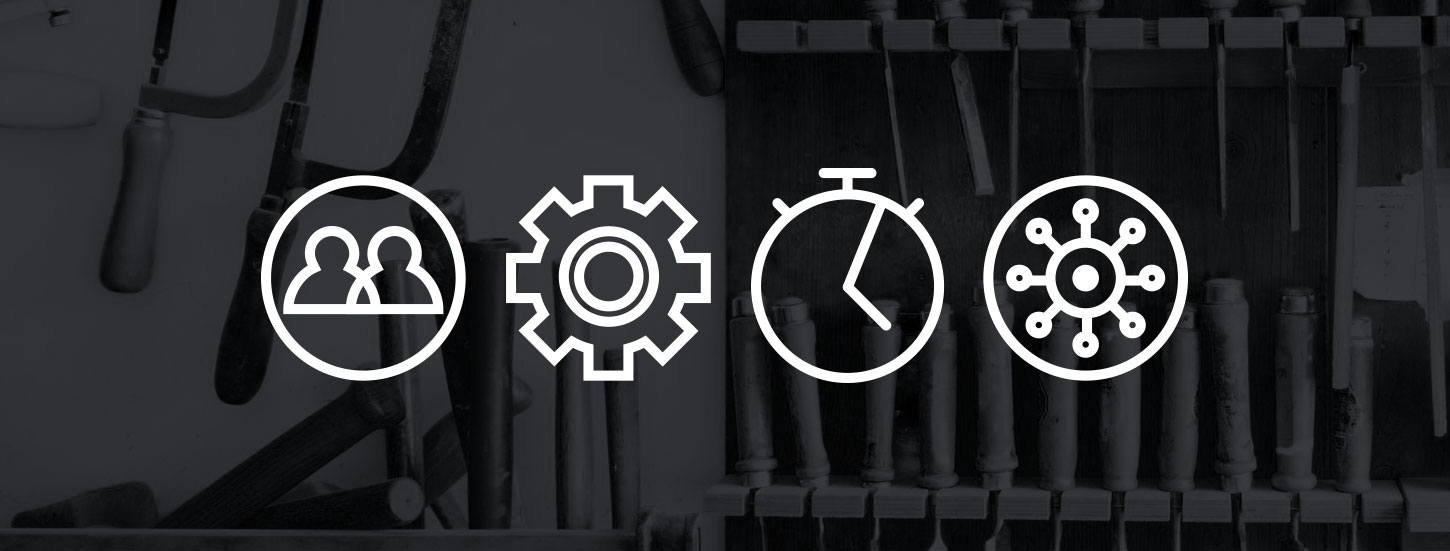TL;DR
Programmatic advertising thrives on data, automation, and real-time placement, but true success depends on continuous creative experimentation. By testing variations, tracking engagement, and tailoring ads on the fly, marketers can learn what resonates and optimize performance. Building a culture of experimentation—supported by leadership, clear KPIs, and a willingness to learn from failures—ensures teams stay innovative rather than static. With AI powering analysis and iteration, brands can refine programmatic campaigns more efficiently, reduce risk, and unlock deeper audience connections.
Creative iteration and constant experimentation are hand-in-hand partners if you’re looking for programmatic advertising that works.
Of course, that’s easier said than done. It’s tempting to find a strategy that feels good and employ a set-it-and-forget-it approach once that box is checked. However, that will not net you the dynamic, data-driven campaign you and your brand deserve.
Today, savvy marketers can use real-time data to refine and optimize their advertising efforts on a constant basis. And—good news—with AI solutions and some quick thinking, this type of consistent iteration doesn’t have to be difficult (and can be incredibly valuable).
But First, Why Programmatic? The Transformative Power of Programmatic Advertising
Programmatic advertising refers to the automated buying and selling of ad inventory in real time. It relies on a complex web of sophisticated algorithms and data analyses.
This type of advertising comes with a slew of concrete benefits, including increased efficiency and improved targeting, but it can also pose distinct challenges. Although traditional advertising relies on broad audience assumptions and predetermined placements, with programmatic, you can place ads where they are most likely to be seen by the desired audience.
However, for this to be a truly effective strategy, you need to know who that desired audience is and have the creative ready to speak directly to them at that perfect moment.
No pressure.
Opportunities for Experimentation
Setting up programmatic advertising creative for success can feel wildly high-stakes.
That is unless you see this type of advertising as a unique opportunity for continuous testing and optimization. Think about it—with real-time data and constantly automated ads, you can:
- Learn about audience behavior. Monitor how different segments engage with your ads and adjust targeting strategies accordingly.
- Learn about engagement metrics. Use real-time feedback on click-through rates, conversions, and more to refine ad creative.
- Learn about what works on a creative level. Tailor ad content in real time based on user interactions and preferences.
- Learn about geotargeting opportunities. Does delivering location-specific ads enhance impact and relevance? Only one way to find out!
By committing to experimentation and uncovering more information about these data points, marketers can figure out ways to build a deeper connection with their audiences.
Optimizing Your Creative to Build Toward Programmatic Success
What does creative optimization look like within a rigid programmatic framework?
To optimize your creative and enhance ad performance, you might deploy systematic testing methods such as A/B testing and multivariate testing. This can help you identify what’s most effective about your ads as they run—giving you the information you need to refine and improve subsequent campaigns. You can do this on a small or large scale.
Although small tweaks like color changes or text variations provide quick wins, testing larger conceptual ideas can yield deeper insights into audience preferences, leading to more substantial performance improvements over time.
Cultivating an Organizational Culture That Embraces Experimentation
Experimentation does come with risk.
Embracing experimentation on a company-wide level requires buy-in from everyone across your organization. Fortunately, there are ways to mitigate the fears of failure and perceived brand risk that may accompany creative experimentation. These include strategic planning, clear communication, and following these steps, which build an excellent foundation for productive innovation.
Steps to Foster an Experimental Mindset
- Get your leaders to buy in. The sooner you can secure support from management to foster your culture of experimentation, the better.
- Invest in training as you build your team. Arrange for and support comprehensive training on testing methodologies relevant to your industry and underline the importance of experimenting with data-driven decisions at every stage.
- Set appropriate KPIs. Establish achievable KPIs so you can evaluate the success of your experiments. Metrics that may help you validate experimental strategies include conversion rates, click-through rates, return on ad spend, and engagement metrics.
- Celebrate successes. Whenever possible, recognize and reward successful experiments—even if what you learned from an experiment wasn’t necessarily what you expected.
- Learn from your failures. All failures are just learning opportunities. Challenge yourself to learn from what happened to improve future tests.
If you’re looking for one game-changing way to make a culture of experimentation far more accessible, it may be time to look into integrating AI into your creative processes.
This doesn’t have to be daunting. Start by identifying areas in which AI can add value, such as data analysis or content creation. Then, collaborate with IT to ensure seamless integration and train team members to use AI solutions effectively. Using AI for creative iteration and CX offers many benefits, including increased efficiency and deeper insights.
Excited to Build Experimentation into Your Programmatic Advertising Processes?
Creating a culture of experimentation in your organization, even as you work on predictable processes like programmatic, will pay off! (Especially if you can leverage AI to work smart as you go through systematic testing.)
Interested in learning more about how you can benefit from using AI in your programmatic advertising and personalized customer experience projects? We’re here to help. To discover how Innervate can enhance your creative optimization efforts, click here—we’re excited to chat.






